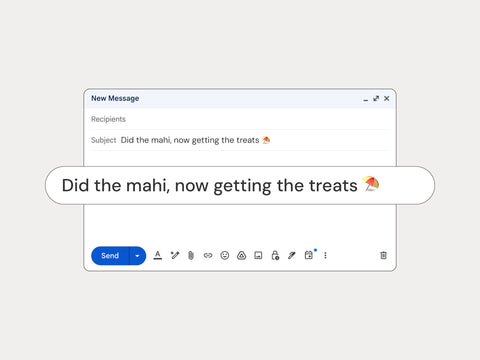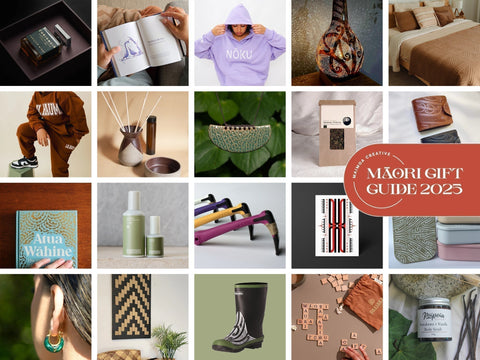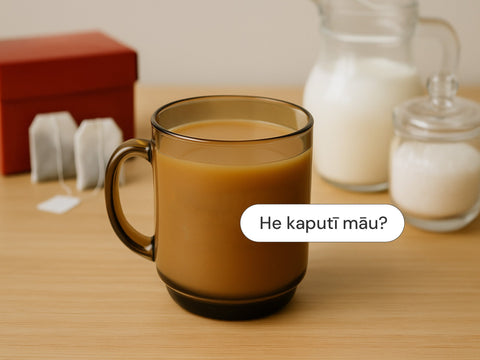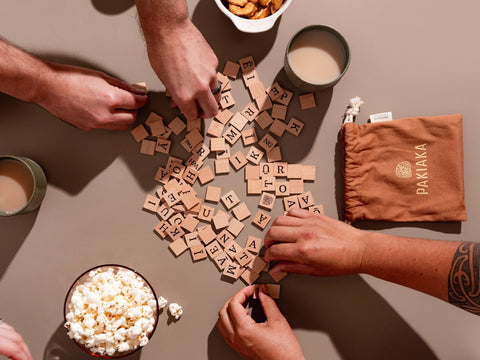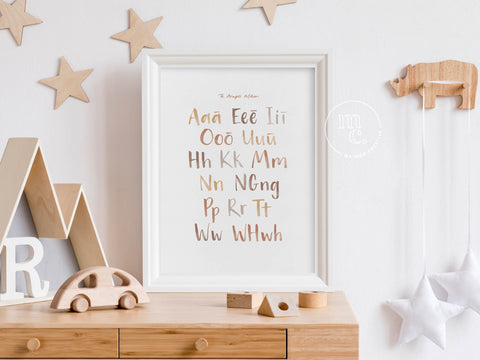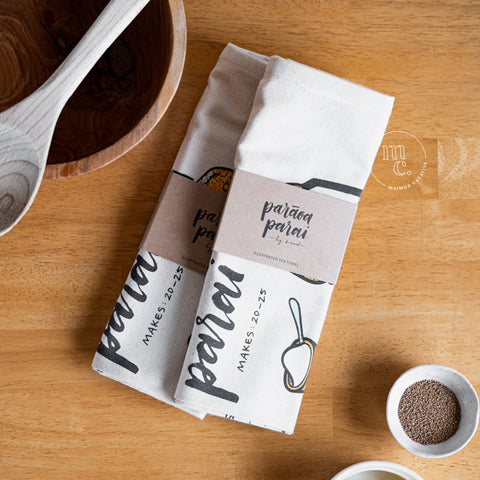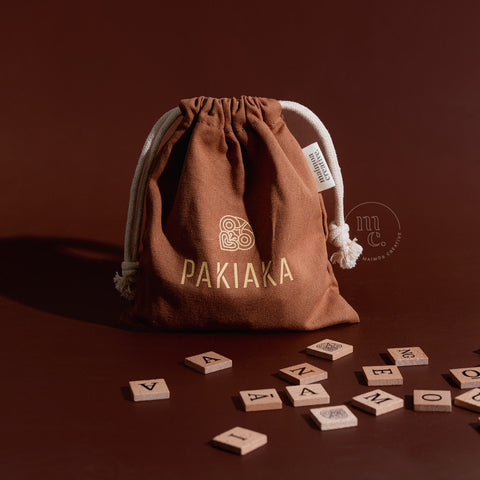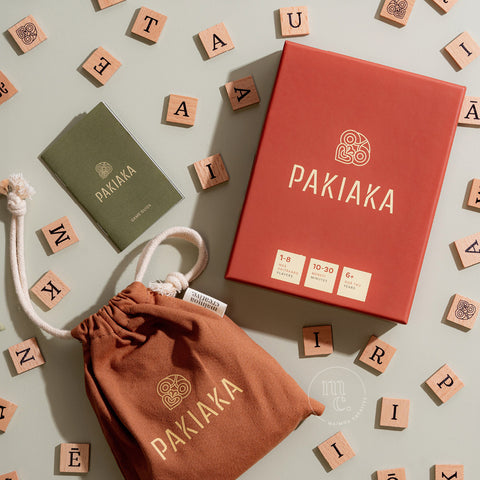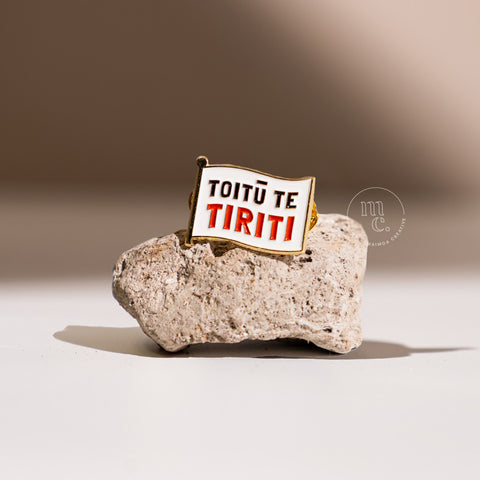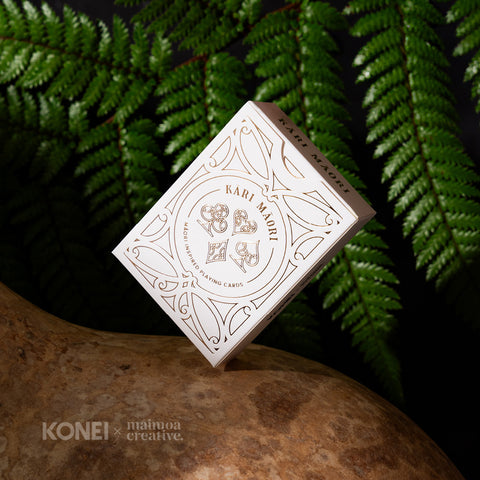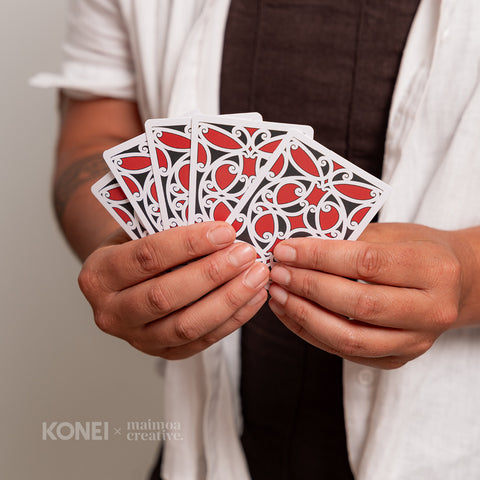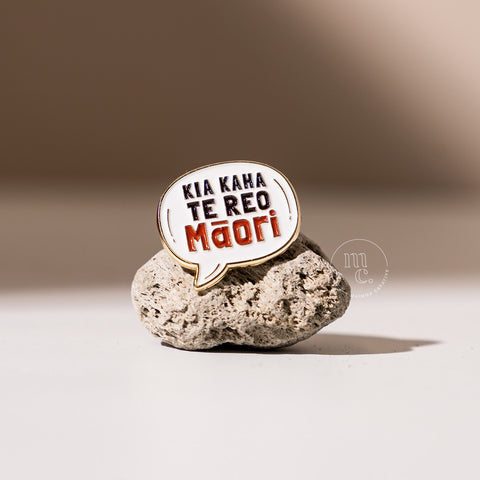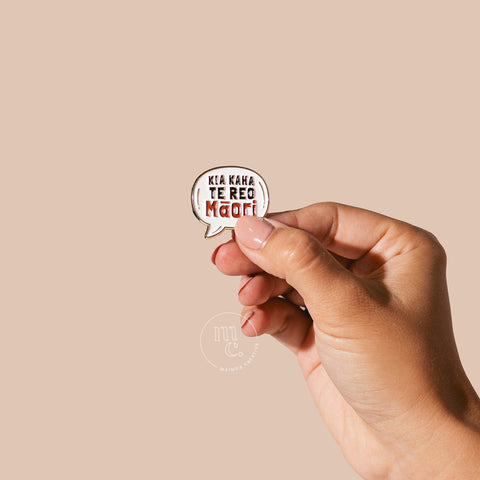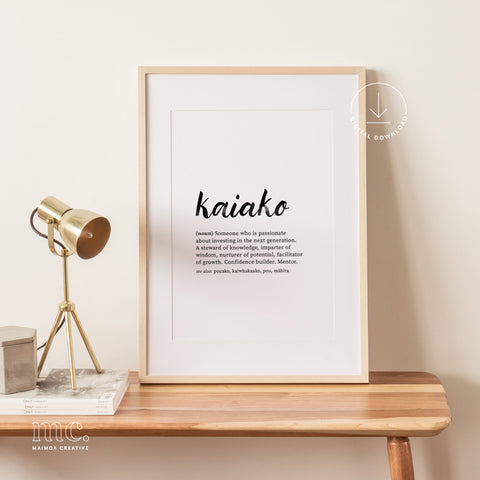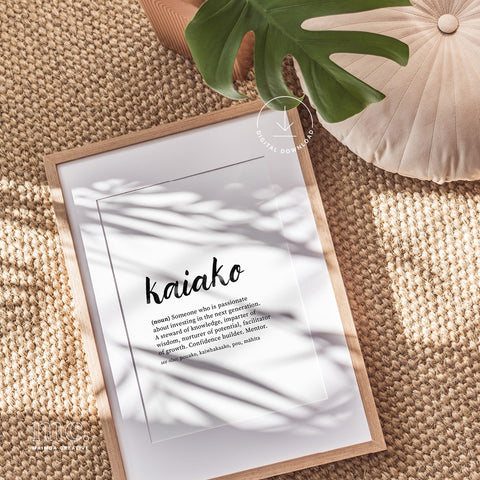The heartbreak of a cherished taonga breaking is an experience all too familiar for some wearers. Regardless of the way it is broken, there's an immediate pang of loss — a visceral sense of being unmoored as something precious and significant is suddenly altered. It’s an event woven with cultural significance and emotional depth.
When I shared my own story of my favourite pounamu earrings breaking in two pieces, the flood of responses and the diversity of whakaaro (thoughts) around tikanga (customs) was both enlightening and insightful. The ensuing journey of deciding a broken taonga's fate often becomes one deeply entwined with personal beliefs, cultural teachings, and the complex emotions that come with honouring a treasured connection. I have discovered that each iwi/hapū/whānau/individual hold their own respective beliefs on how broken taonga (treasure) should be handled.
Some believe that it signifies its completion of service to you. The suggestion to return it to the whenua (land) or awa (river) is seen as an act of respect, a release acknowledging that its journey with you has come to an end:
"When it breaks you need to drop it in the ocean ideally. It's not for you (or anyone)."
"My partner is Ngāti Kahungunu and he made me bury my pounamu when it broke."
"...I've always been told once it breaks or falls off you it's no longer meant for you and not to mend it."
"Have been taught to get rid of it/return it to the awa. Broken taonga spooks me out 😂"
Others shared their understanding that the mauri (life force) within the taonga has been altered or removed:
"...that's what I heard. Pounamu has a mauri, and a lost or broken one is due to the mauri being upset,"
"It's protected you from a spiritual hit / it broke so you wouldn't, return to wai with thanks."
A pounamu carving supplier — Mountain Jade — shares on their site that "a broken pounamu indicates that a message is being sent from our spiritual guides. It is a symbol that we should stop and pay attention to our life and what's going on around us. Some iwi believe that a broken pounamu should be offered back to the land and that the stone should be buried."
Other voices shared their belief in repurposing or repairing their taonga, breathing new life into the precious stone:
"Maybe it's different tikanga for iwi, hapū, or whānau. We repair ours."
"A carver fixed a borken necklace for me into 2 items and I got them reblessed."
"I feel it's personal preference. I know Māori who have repaired their taonga. All about intention."
"Tikanga wise I was told the only way you can "keep" it is if you made it into another piece"
"Go with what feels right. My friend repaired his pounamu then put it in a frame so he could keep it at home."
The concept of repurposing pounamu is equally steeped in tradition and practicality, reflecting the value placed on this taonga as both a physical and spiritual entity. "There are numerous examples in museums and galleries of new taonga made from the pieces of broken taonga." It is acknowledged that pounamu, being a rare and precious resource, carries with it great mana, and can still continue to be part of one's story in a different form.
An insightful article by Taonga by Timoti (which you can read here) delves into these nuances with grace and historical context. It dispels myths and affirms the practices of tūpuna (ancestors), noting that historically, when pounamu broke, it was often crafted into something new. A practice not of disposal, but transformation. These whakaaro really resonated with what I was intuitively feeling about the experience, and not feeling ready to part with my taonga yet.
As for my own pounamu earring, I am drawn to the idea that there is beauty in the brokenness and imperfections, and potential in what some might see as an end. Each mark not only tells a story but serves as a window into its past, inviting us to reflect on the journey it has endured and the whakapapa it embodies. With respect and creativity, my earring might be given a new shape, perhaps becoming part of a set or another piece entirely, continuing its journey with a renewed purpose.
I’ll be exploring options to have my treasured earring repaired or remade, embracing the art of kintsugi perhaps—highlighting its cracks with gold and celebrating its imperfections. And of course, a reblessing will be part of this taonga’s new beginning.
An example of repaired pounamu earrings using traditional Kintsugi method by Nobu (shared with permission)
The mosaic of opinions and tikanga around broken taonga reinforces the diversity and richness of Māori culture and the ways in which we navigate our connections to the physical and spiritual worlds. Whether the belief leans towards returning the taonga to papatūānuku, transforming it for continued use, or observing it as a sign from our spiritual guides, what remains central is the deep respect we hold for these taonga.



